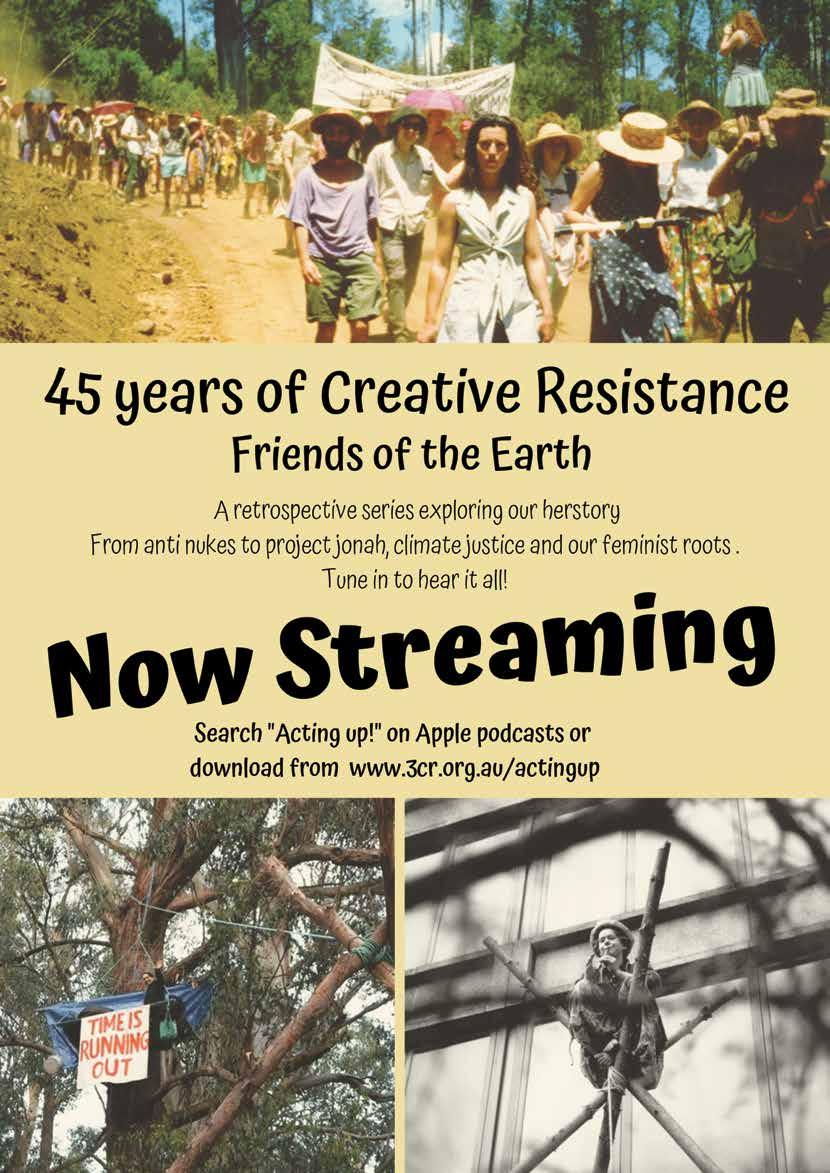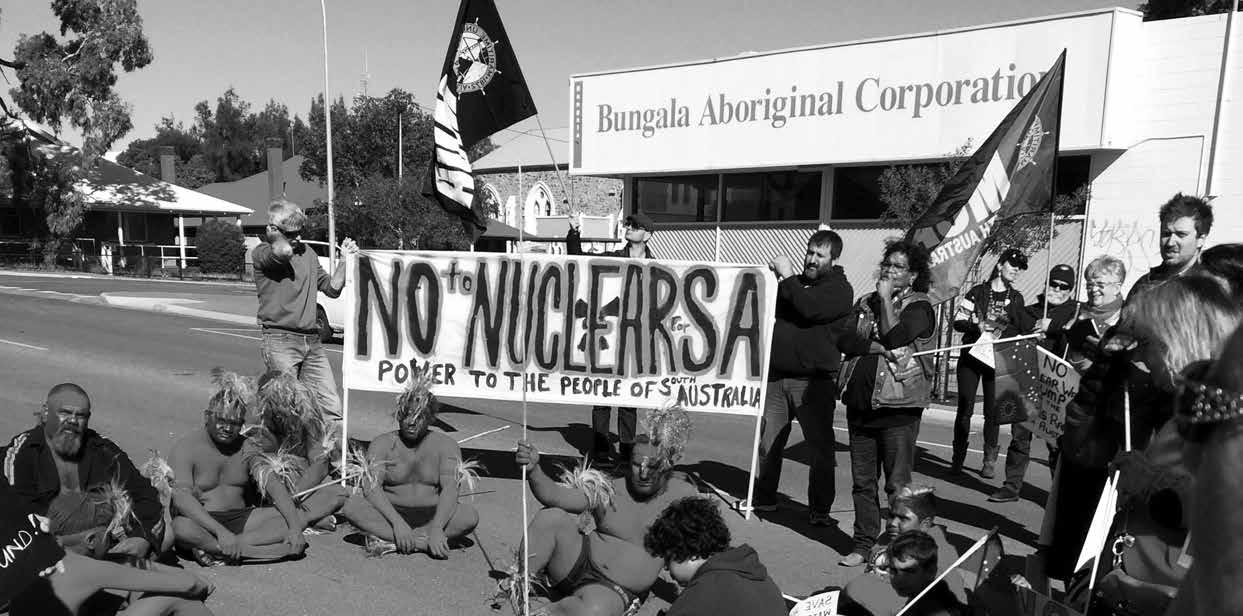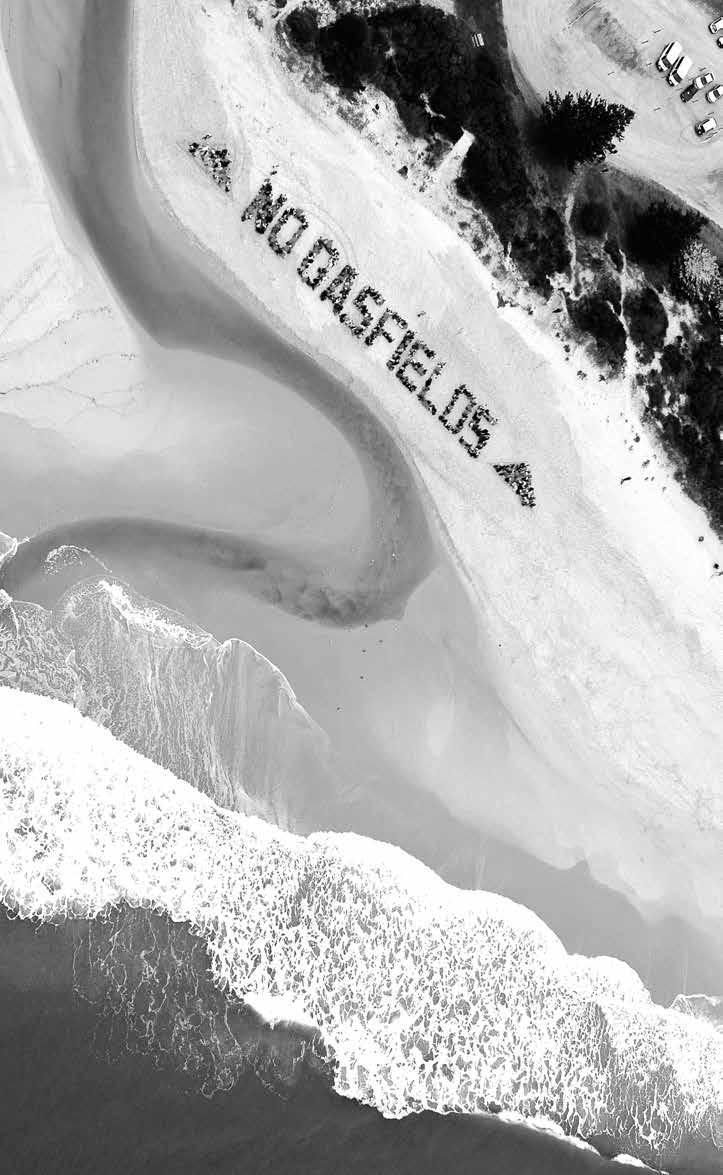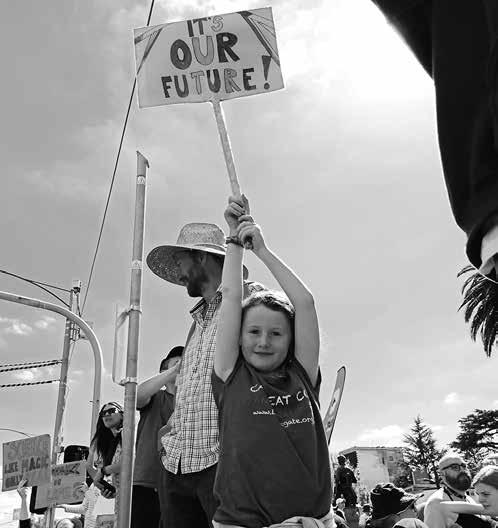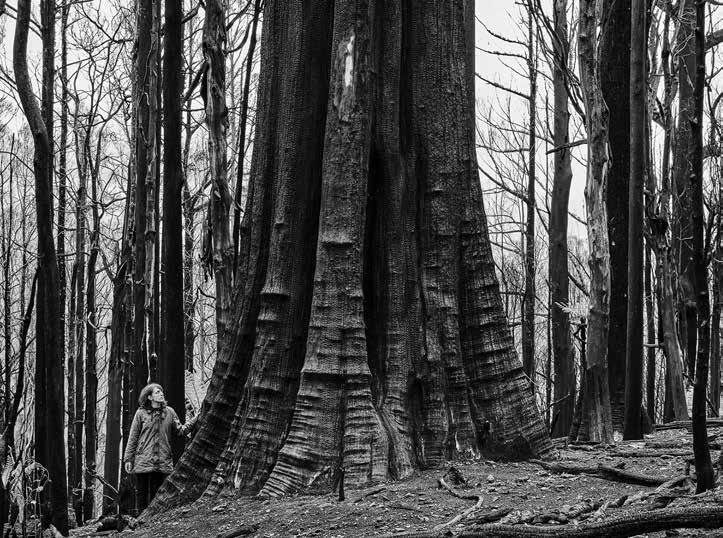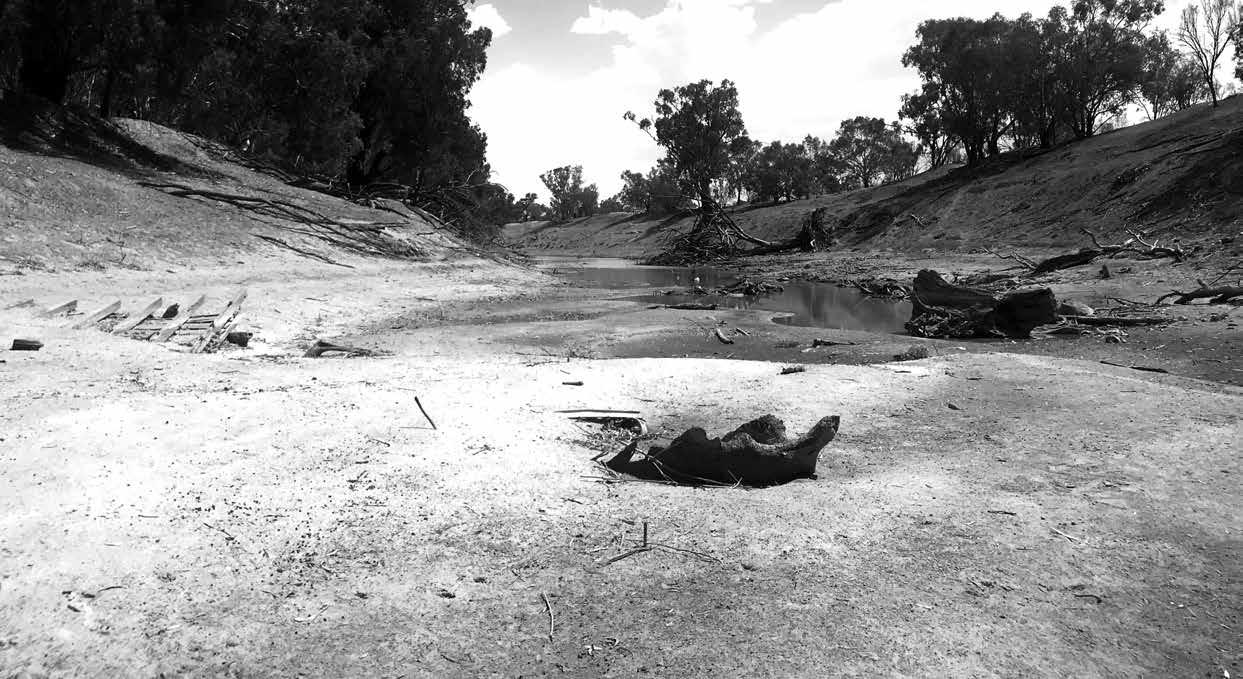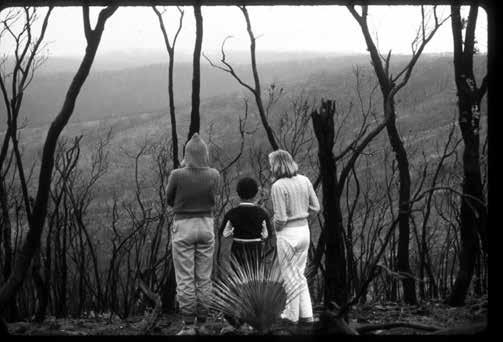How can public transport help with climate change? Tsz Ying Sheung (Tracy)
As we know, catastrophic bushfires around south-east Australia are affecting us all. The burning of coal, oil and gas has increased global temperatures. This climatic change has led to drier and hotter weather, and frequent droughts have led to extreme fire conditions. In particular, south-east Australia has had a 25% decline in average rainfall this year. The dry environment has made vegetation more flammable, increasing the severity of the fires. So how do we mitigate the effects of the climate crisis? Transport is the second biggest greenhouse gas (GHG) contributor in Victoria, making up 20% of total emissions. It will soon overtake even the energy sector. Meanwhile, it makes up 18.8% of total emissions in Australia, making it the third biggest contributor in the country. The transport sector has experienced the largest growth (64.9%) between 1990–2019. We must urge our leaders to reduce GHG emissions through a better transport plan. This should include: 1. R eplacing freight from trucks to rail: Freight trucks cause air and noise pollution. This increases air pollutants and GHG in the atmosphere, and adversely affects public health such as asthma and other respiratory diseases. Shifting freight from trucks to railways would have multiple benefits. 2. M ore infrastructure for active transport: Our leaders must invest in active transport. Cycling, walking, scooting, skating, wheelchairs – our community needs better access for these methods of getting around. Better bike paths, secured bike parking and better road regulation, such as the minimum passing distance law, would be a great start to increase the safety of cyclists and pedestrians. 3. More investment in public transport: There are three main factors which affect the usage rates of public transport – reliability, convenience and safety. In Melbourne, linking our neighbourhood transport hotspots through better connection between buses and other transport, and the development of a light rail, could increase the connectivity within major suburban employment and activity hubs. 4. L ess investment on roads: Our leaders must stop investing in road projects. Due to induced demand, building more roads will only encourage more people to drive. It will cause more serious congestion and the continued burning of fossil fuels. In order to mitigate the effects of climate change, we must invest in sustainable transport instead of roads.
34
Chain Reaction #138
May 2020
Positive outcomes Everyone in Melbourne has the right to contribute to our developing city. This means everyone should be able to get where they need in a safe, accessible and sustainable way. A better transport plan is needed to increase liveability. Reducing energy consumption from private cars will reduce GHG emissions, and a reduction in car use will also decrease air, noise and visual pollution, as well as congestion. Furthermore, improved access to active transport will strengthen our physical and mental health. Not only will people be able to get from A to B when and how they want, but safer and more accessible places will allow our communities to connect and flourish. These factors compounded would improve our physical and mental wellbeing, and reduce heart and respiratory diseases. In the long run, it will extend the community’s life expectancy. Last but not least, infrastructure projects will provide more jobs for the public. The Melbourne Metro rail project has already created over 7000 jobs and the Mernda Railway extension has created over 1200 jobs. Furthermore, an electric bus manufacturing project could provide over 500 jobs. A sustainable transport plan will have significant economic benefits.
What’s next? The Melbourne Metro 2 (MM2) rail project is the next logical step for Melbourne’s transport infrastructure. MM2 would carry up to 40,000 people per hour per track with 2-minute services. Comparing this to the West Gate Tunnel Project: with six lanes, the maximum capacity in peak times is only 6,000 cars each way. MM2 will bring more direct connection from Melbourne’s west to the CBD, and will help make Melbourne more liveable and sustainable. However, the government has not yet committed to MM2. If MM2 begins in 2021, it could be operational by 2031 or earlier. Please join us to urge our leaders to make the right decision on transport. Sign the petition at www.getonboard.org.au/buildmm2 and volunteer with the Sustainable Cities campaign to help fight for a more liveable city for all Melburnians. Tsz Ying Sheung (Tracy) is a volunteer with FoE Melbourne’s Sustainable Cities collective.


